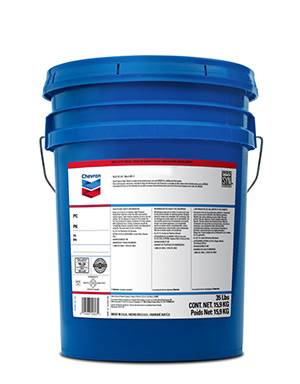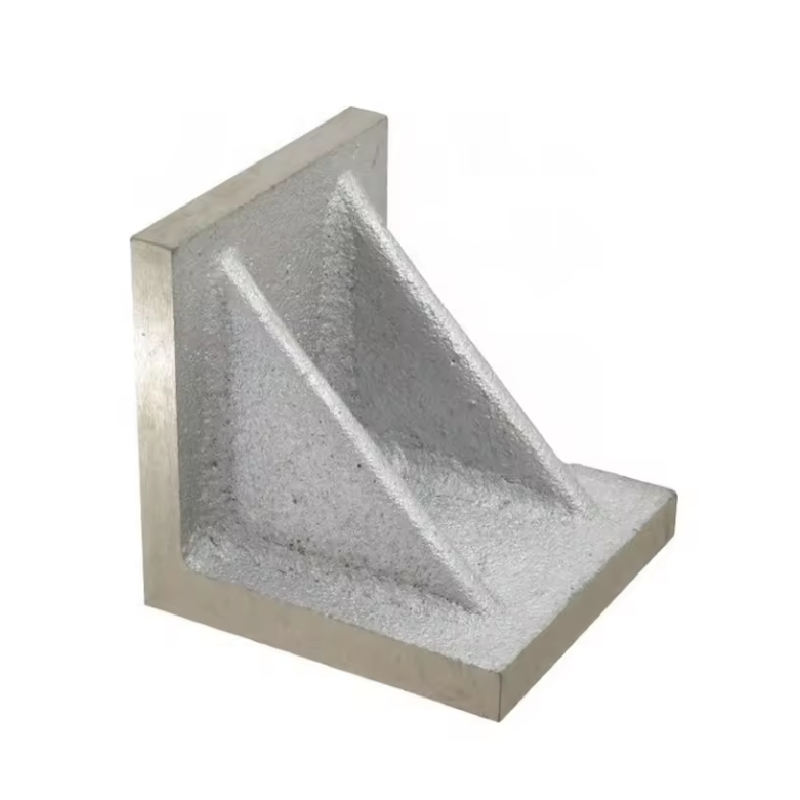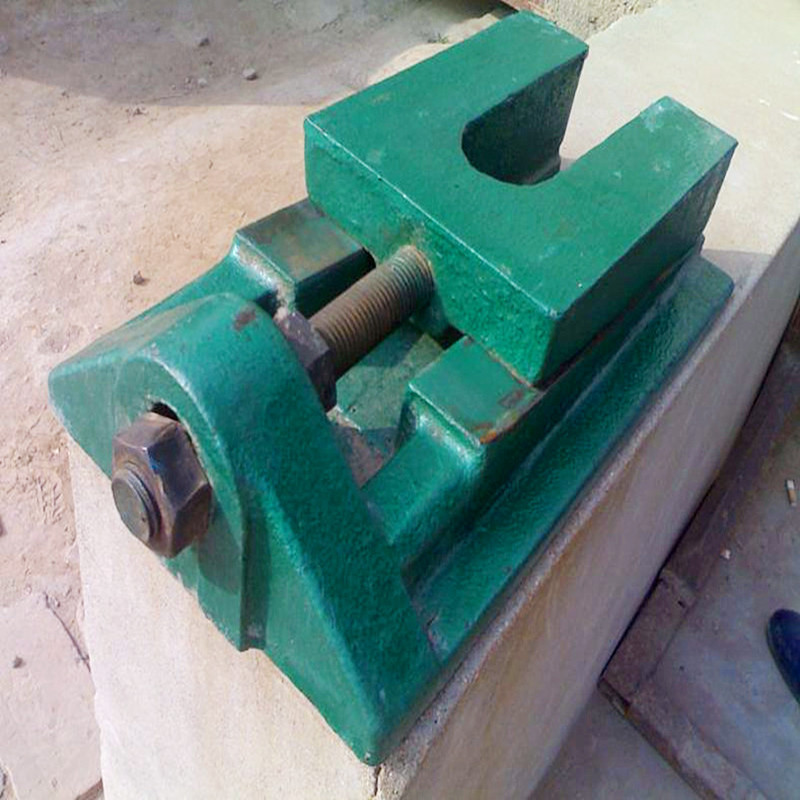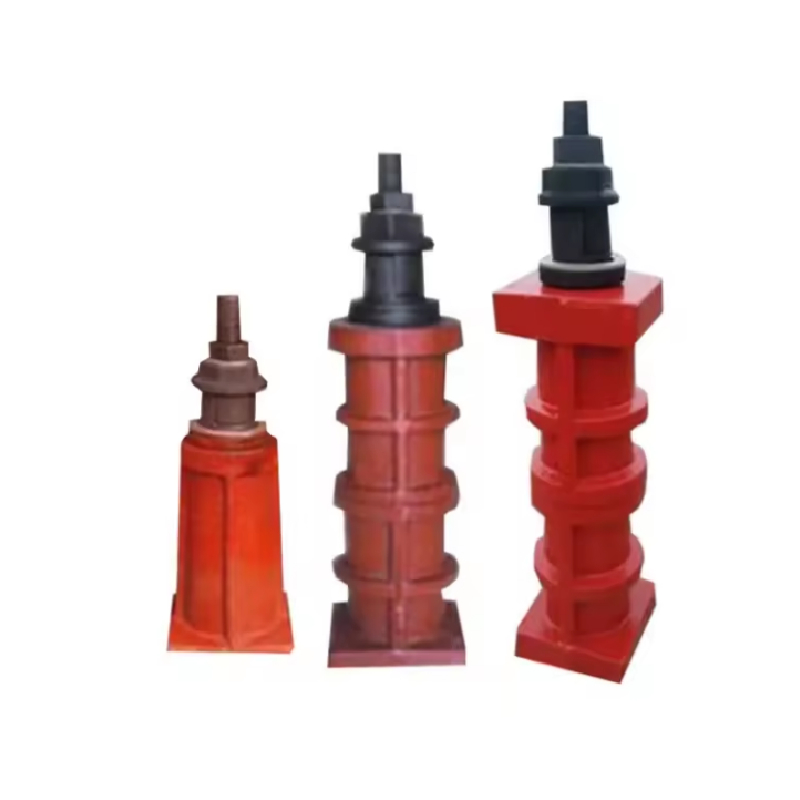أكتوبر . 06, 2024 15:01 Back to list
liquid check valve
Understanding Liquid Check Valves Their Importance and Functionality
Liquid check valves are crucial components in various fluid handling systems. These valves allow the flow of liquid in one direction while preventing backflow, ensuring the proper operation of pipelines and equipment. Their simple yet effective design contributes significantly to the efficiency and safety of industrial processes, water supply systems, and chemical transportation.
What is a Liquid Check Valve?
A liquid check valve, often referred to as a non-return valve, is a mechanical device that automatically prevents the reverse flow of liquid. The design typically incorporates a movable element, such as a disc, ball, or piston, which opens to allow forward flow and closes when there’s a reverse flow attempt. This mechanism is vital in maintaining the integrity of a system by ensuring that fluids do not flow back into the supply lines or equipment.
Applications of Liquid Check Valves
Liquid check valves are employed in numerous applications across various industries. One of the primary uses is in water supply systems, where they prevent backflow that could contaminate the clean water supply. In industrial settings, they are essential for chemical processing plants, as they maintain the direction of flow in pipelines, protecting pumps and other equipment from damage caused by backflow.
Additionally, these valves play a significant role in HVAC systems, where they help maintain balanced pressures and prevent leaks. In the pharmaceutical and food industries, where hygiene is paramount, liquid check valves ensure that there is no cross-contamination between different fluids.
Types of Liquid Check Valves
There are several types of liquid check valves, each designed for specific applications and flow characteristics. The most common types include
1. Swing Check Valves These have a hinged disc that swings open with fluid flow and closes when the flow stops or reverses. They are suitable for horizontal installations.
liquid check valve

2. Ball Check Valves Featuring a spherical ball that moves up and down within a seat, these valves can work in any orientation and are good for applications requiring a tight seal.
3. Spring Check Valves Utilizing a spring to hold the disc or ball in place, these valves can provide quicker response times and are ideal for low-pressure applications.
4. Lift Check Valves These have a disc that lifts off the seat to allow flow. They are effective at higher pressures and offer minimal flow resistance.
Benefits of Using Liquid Check Valves
The inclusion of liquid check valves in a system provides numerous benefits
- Prevention of Backflow This ensures the safety and quality of the fluids being transported. - Protection of Equipment By preventing backflow, these valves can reduce wear and tear on pumps and other machinery, extending their lifespan.
- Operational Efficiency With a reliable one-directional flow, systems can operate more smoothly, reducing the risk of outages and disruptions.
- Versatility With various designs available, liquid check valves can be tailored to suit different applications, enhancing their effectiveness across multiple industries.
Conclusion
In conclusion, liquid check valves are indispensable in maintaining the efficiency, safety, and integrity of fluid transport systems. Their ability to prevent backflow and protect equipment makes them vital components in many applications, from municipal water supply systems to complex industrial processes. As industries evolve and the need for reliable fluid management continues to grow, the importance of liquid check valves will undoubtedly remain a key focus in engineering and design.
-
Y Type Strainer Maintains System Efficiency Long TermNewsJul.15,2025
-
Valve Selection Guide for Industrial ApplicationsNewsJul.15,2025
-
Steel Fab Table Provides Durable Work Surface for WeldingNewsJul.15,2025
-
Pad Iron Provides Stable Support for Heavy MachineryNewsJul.15,2025
-
One Inch Check Valve Fits Standard Plumbing SystemsNewsJul.15,2025
-
Measuring Micrometer Ensures Precise Dimensional AccuracyNewsJul.15,2025
Related PRODUCTS









